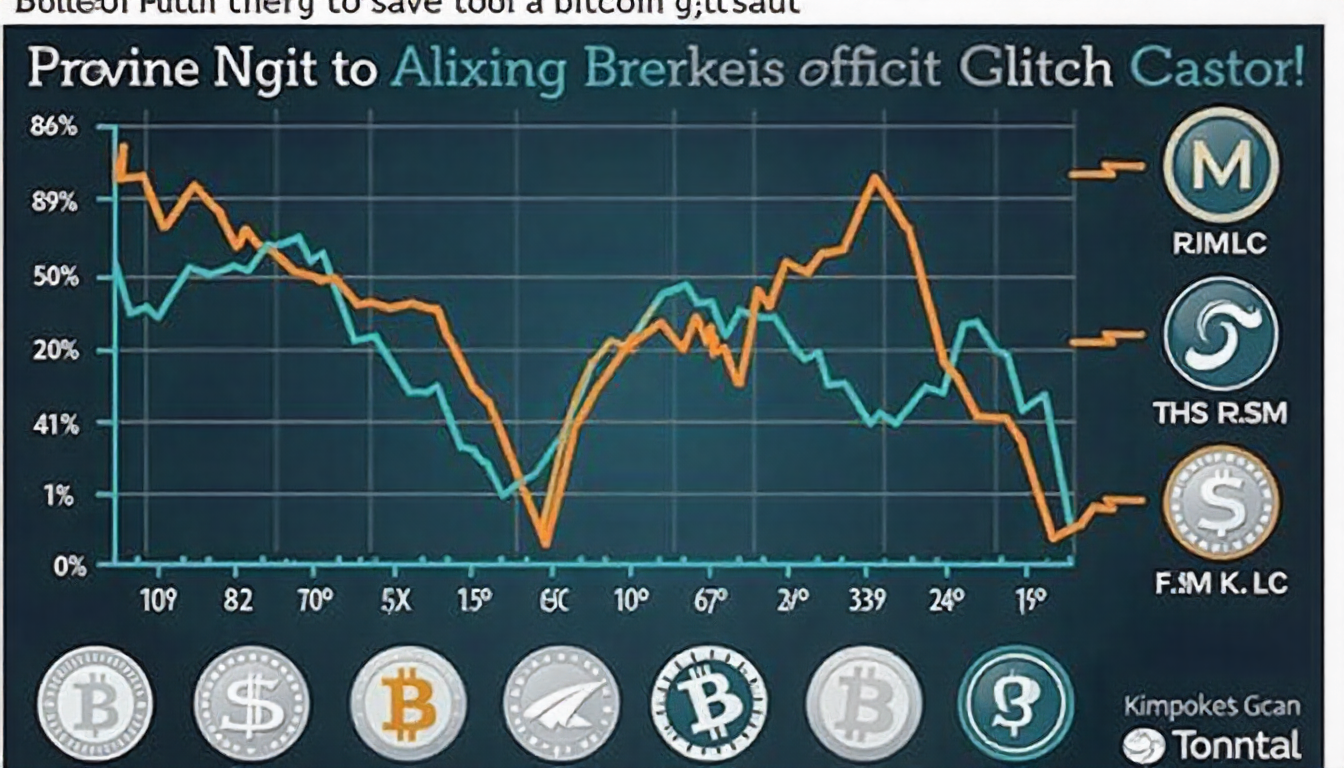A new wave of financial engineering is sweeping through the crypto market — and this time, it’s not just about Bitcoin. Publicly traded companies are increasingly using altcoin treasury strategies to boost their valuations, following a playbook first made famous by Michael Saylor’s Strategy (formerly MicroStrategy).
This method involves raising capital through convertible debt or equity, using the proceeds to buy crypto assets, and benefiting from stock price appreciation. The process creates a self-reinforcing flywheel, where the rising share price enables further capital raises and more token accumulation.
“This cycle — issue, buy, pump, repeat — is now being adapted for altcoins,” notes Animoca Brands Research, who coined the phrase “Infinite Money Glitch” to describe the trend.
From Bitcoin to Altcoins
While Strategy’s massive Bitcoin accumulation set the precedent, smaller firms are now targeting altcoins like ETH, SOL, and XRP. According to Animoca, the shift toward altcoins is strategic:
“Altcoins offer a longer growth runway. Unlike Bitcoin, which has matured through multiple cycles, many altcoins are still in early-stage price discovery.”
Share Price Surge
The results, so far, have been striking. On average:
- Share prices jumped 161% on the day a company announced its altcoin strategy
- 150% gains followed a day later
- By day seven, shares were up 185%
- After 30 days, the average increase reached 226%
Despite these stock rallies, Animoca notes that the underlying token prices remained largely unaffected, reinforcing the idea that investors are buying the stocks as proxies for altcoin exposure, particularly in the absence of regulated altcoin ETFs.
Financial Engineering Returns — With a Crypto Twist
This trend reflects a revival of Wall Street’s traditional playbook — turning capital markets into profit engines through structured financial instruments. Now, that playbook is being repurposed for crypto, blending traditional finance mechanics with digital asset speculation.
“Issuing debt and equity to buy crypto isn’t new — but applying it to altcoins adds a speculative layer that equity markets are embracing,” the research noted.
The Risks Ahead
While the returns are currently favorable, the model is inherently risky. A sharp downturn in altcoin markets or a shift in investor sentiment could derail these leveraged strategies.
“These approaches carry substantial downside risk in the event of prolonged altcoin price declines,” Animoca cautioned. “But they also highlight a major opportunity for structured products that bridge traditional and digital finance.”
Conclusion
As long as markets remain receptive and altcoins stay on the rise, Wall Street’s “Infinite Money Glitch” is likely to persist. Whether this becomes a sustainable long-term strategy — or the next bubble to burst — remains to be seen.





